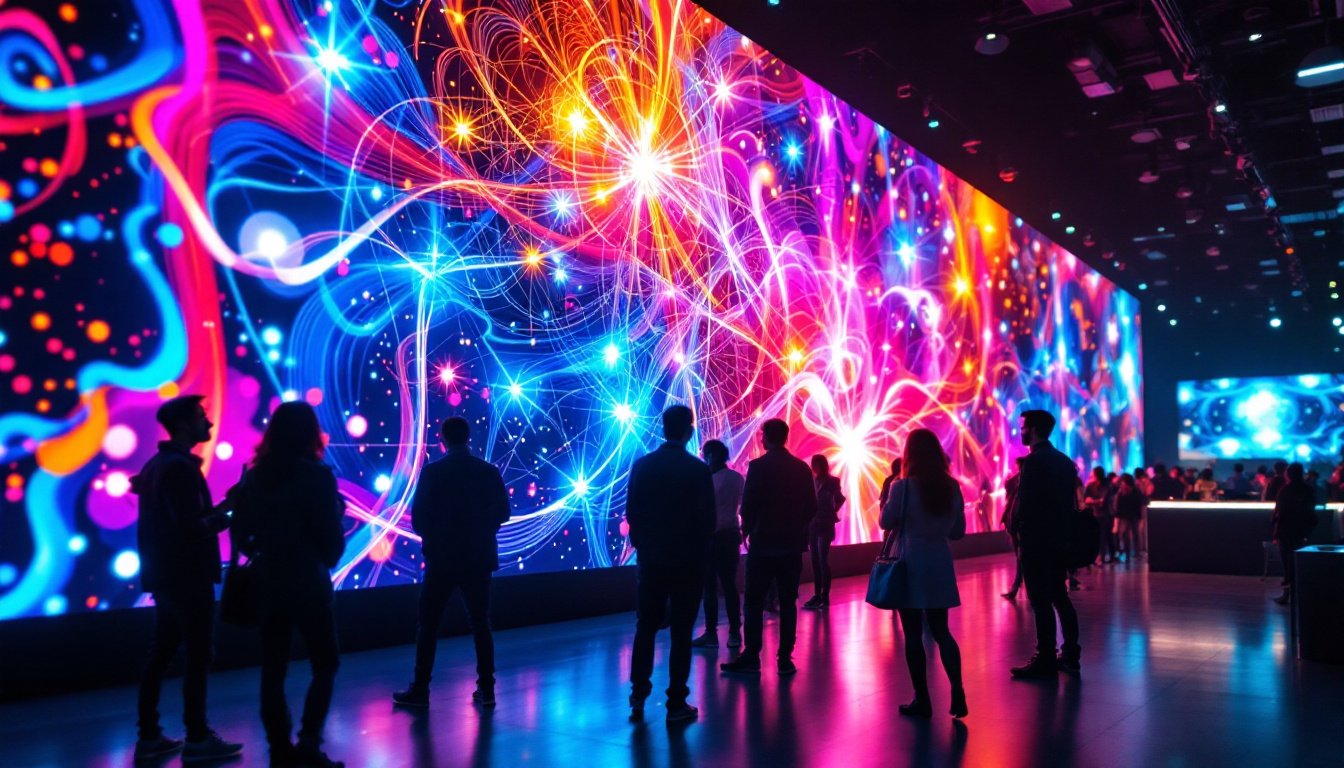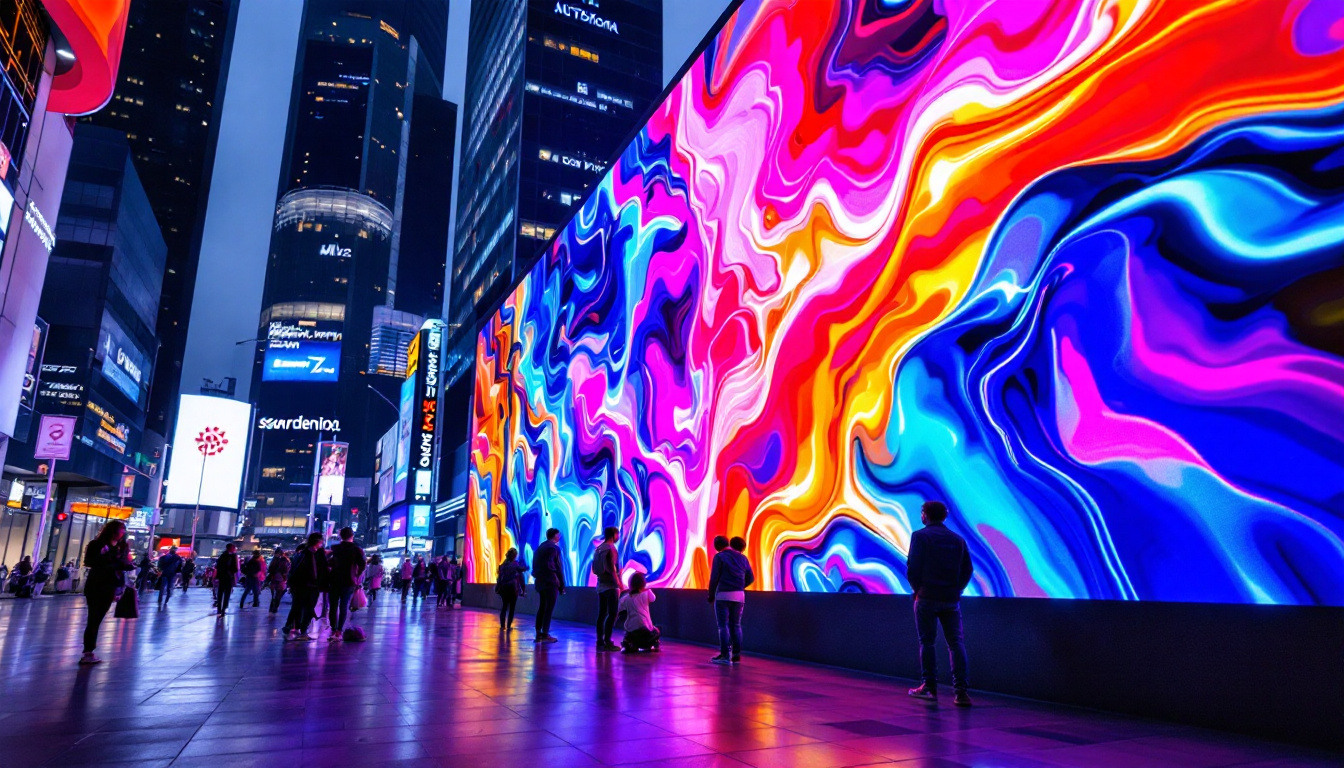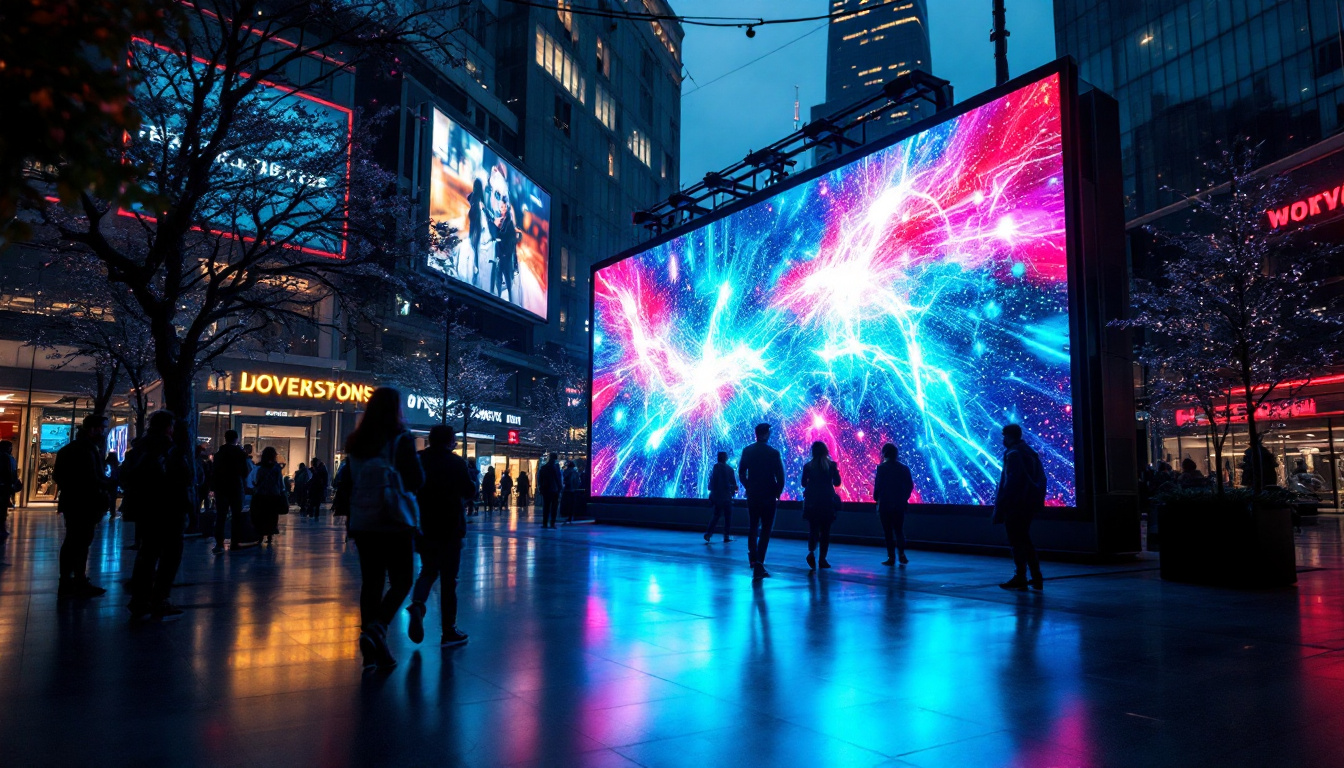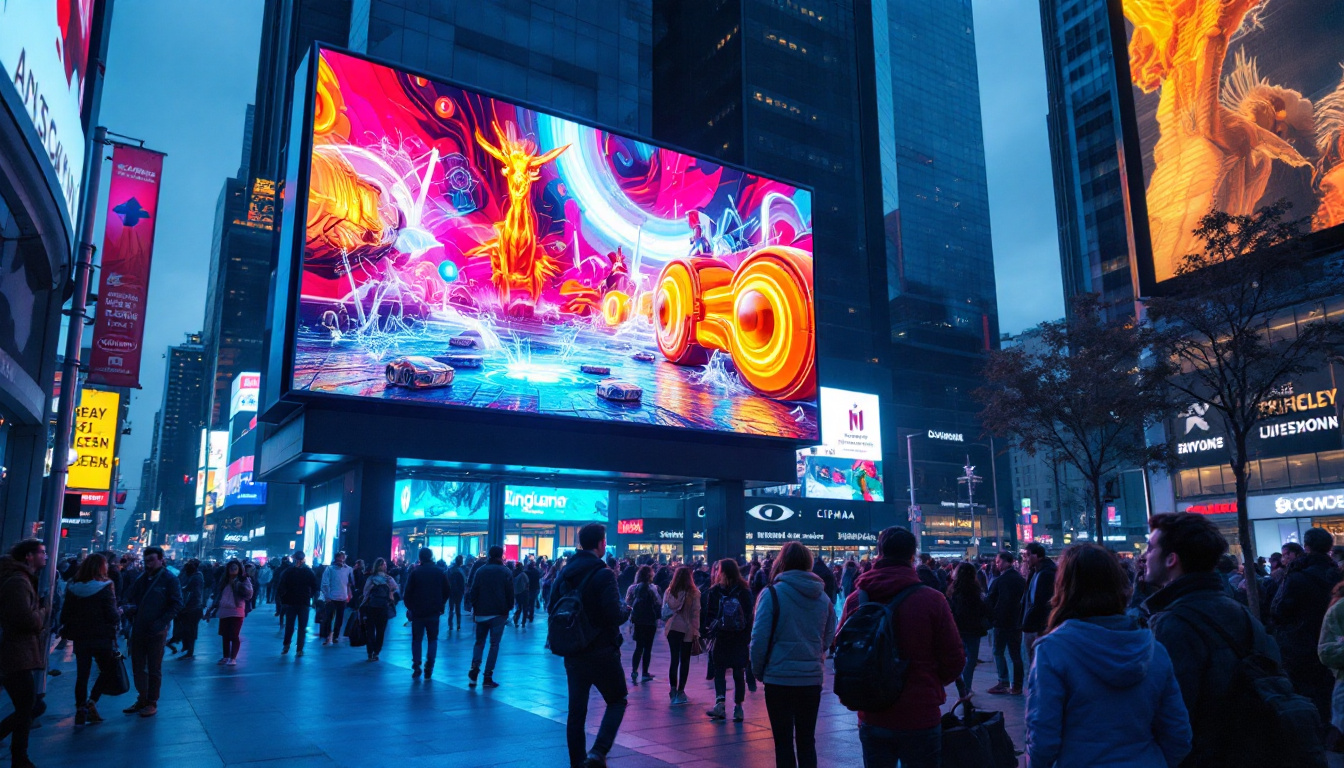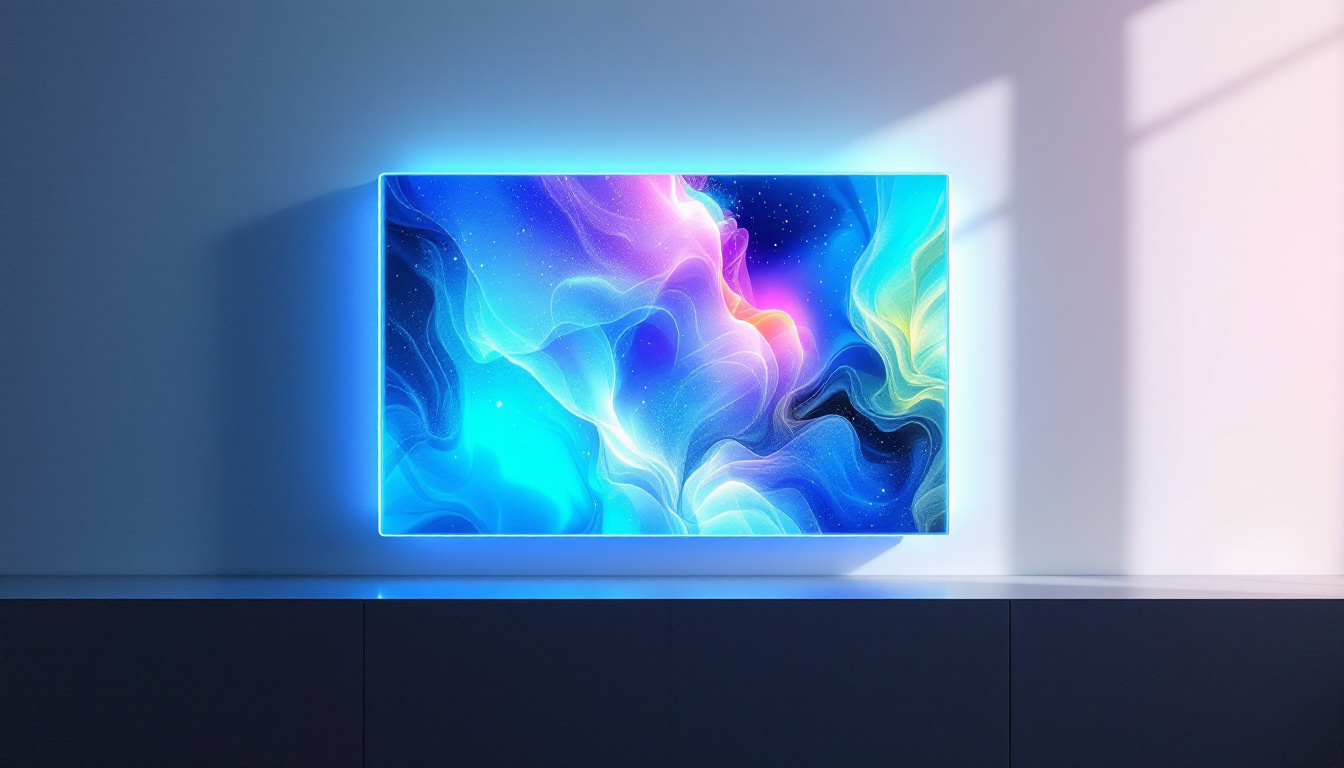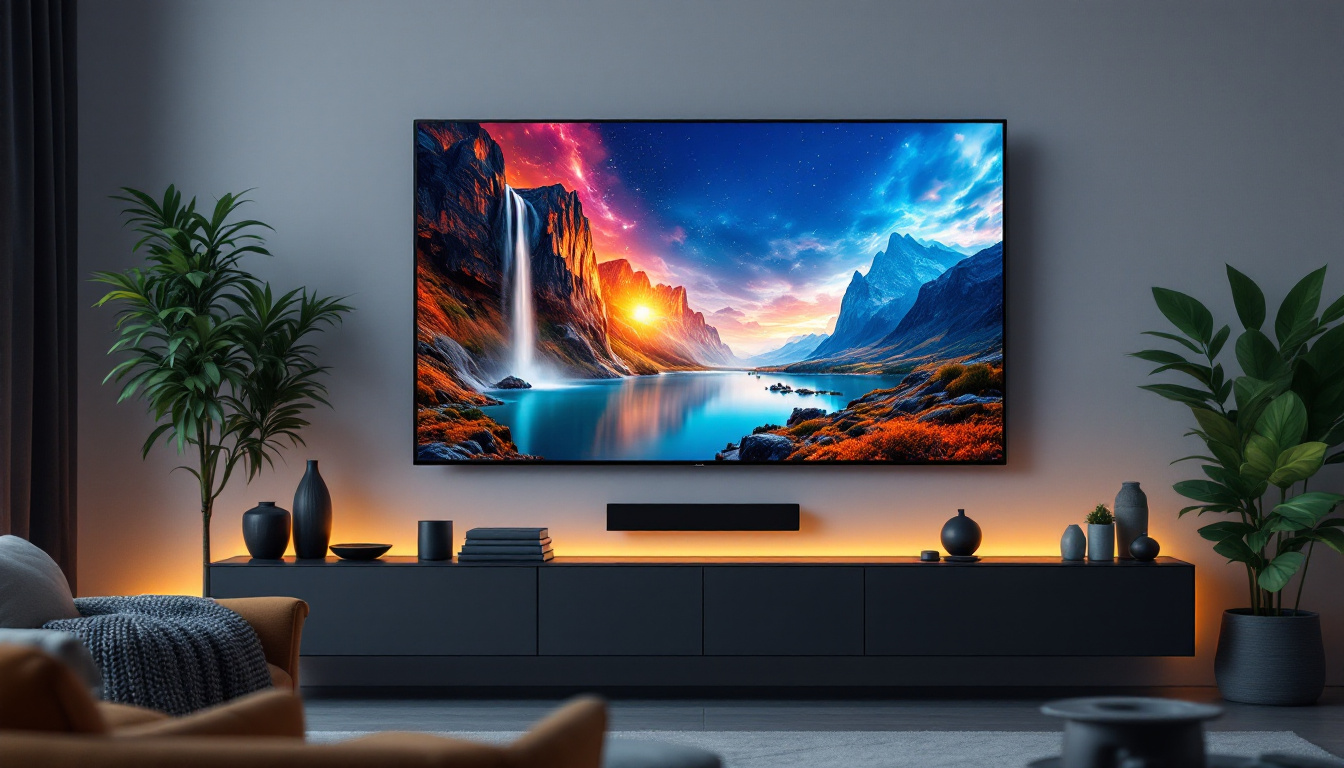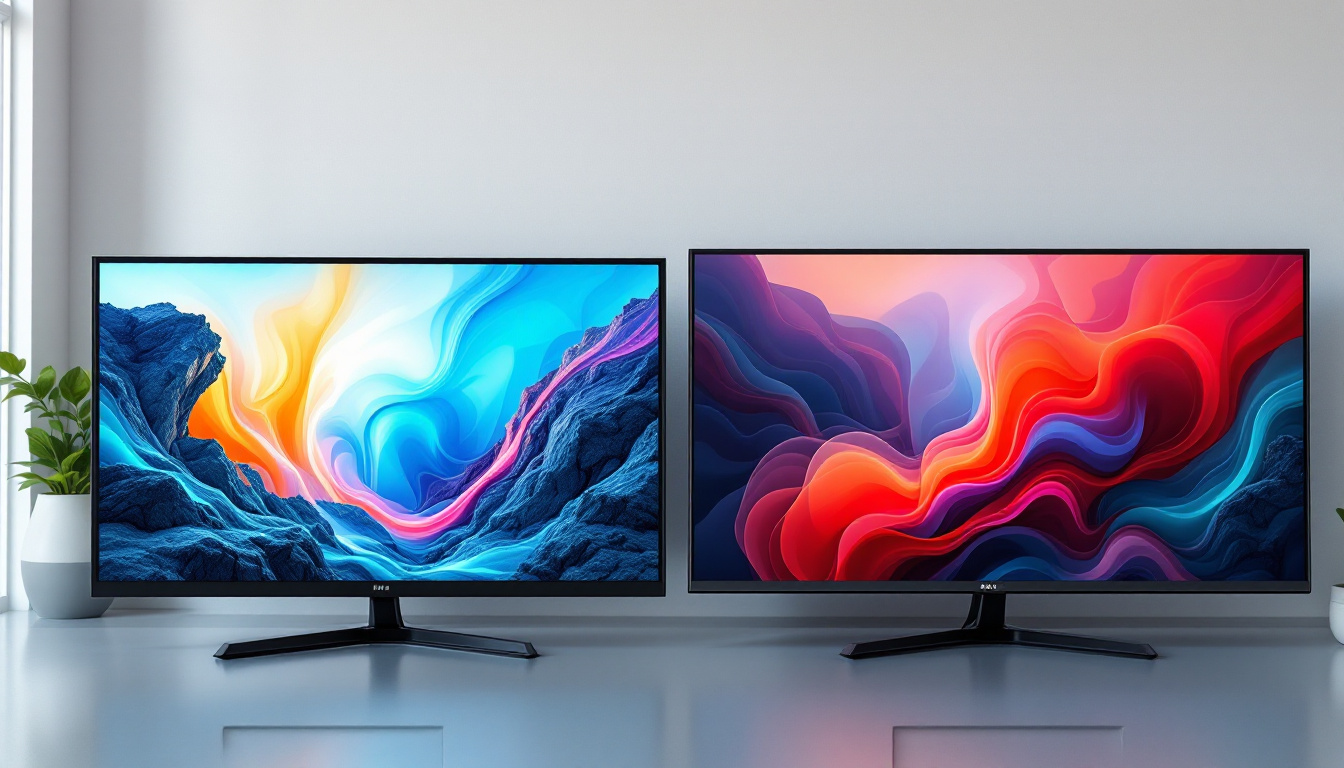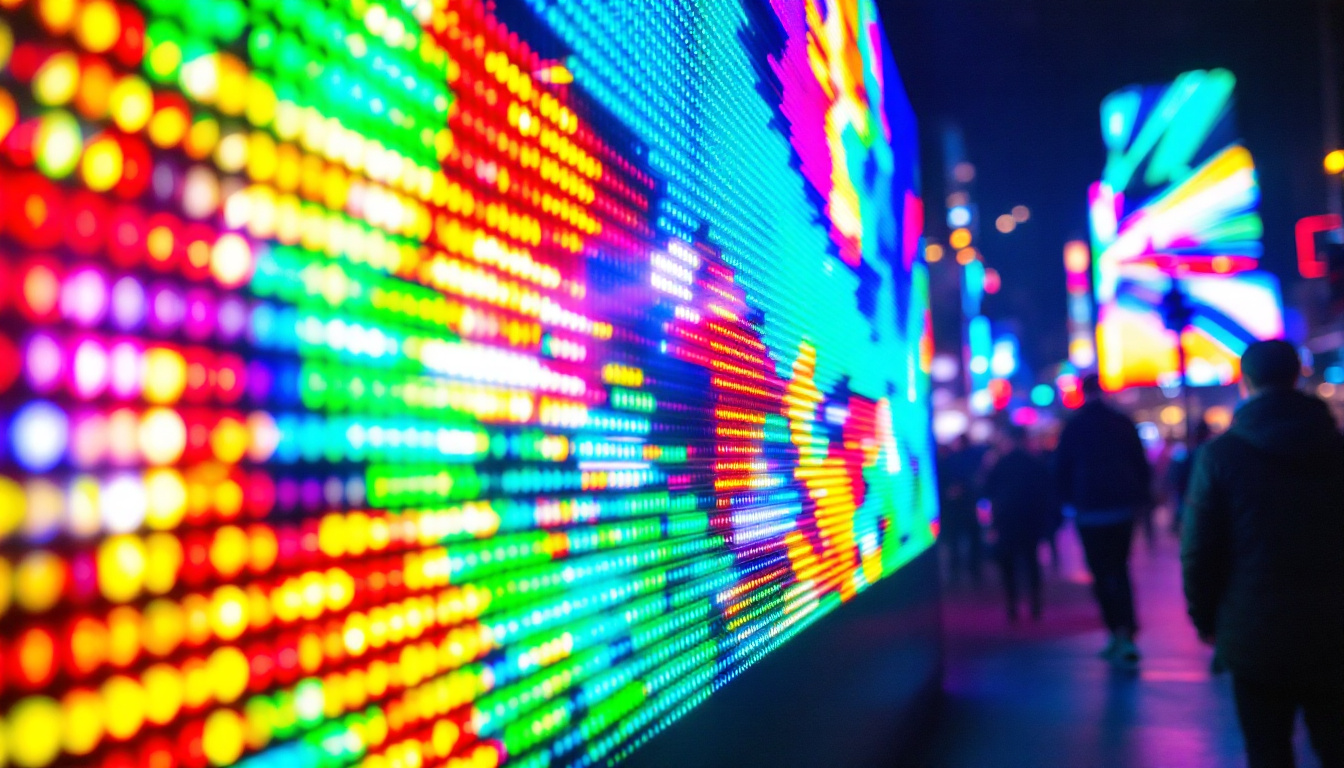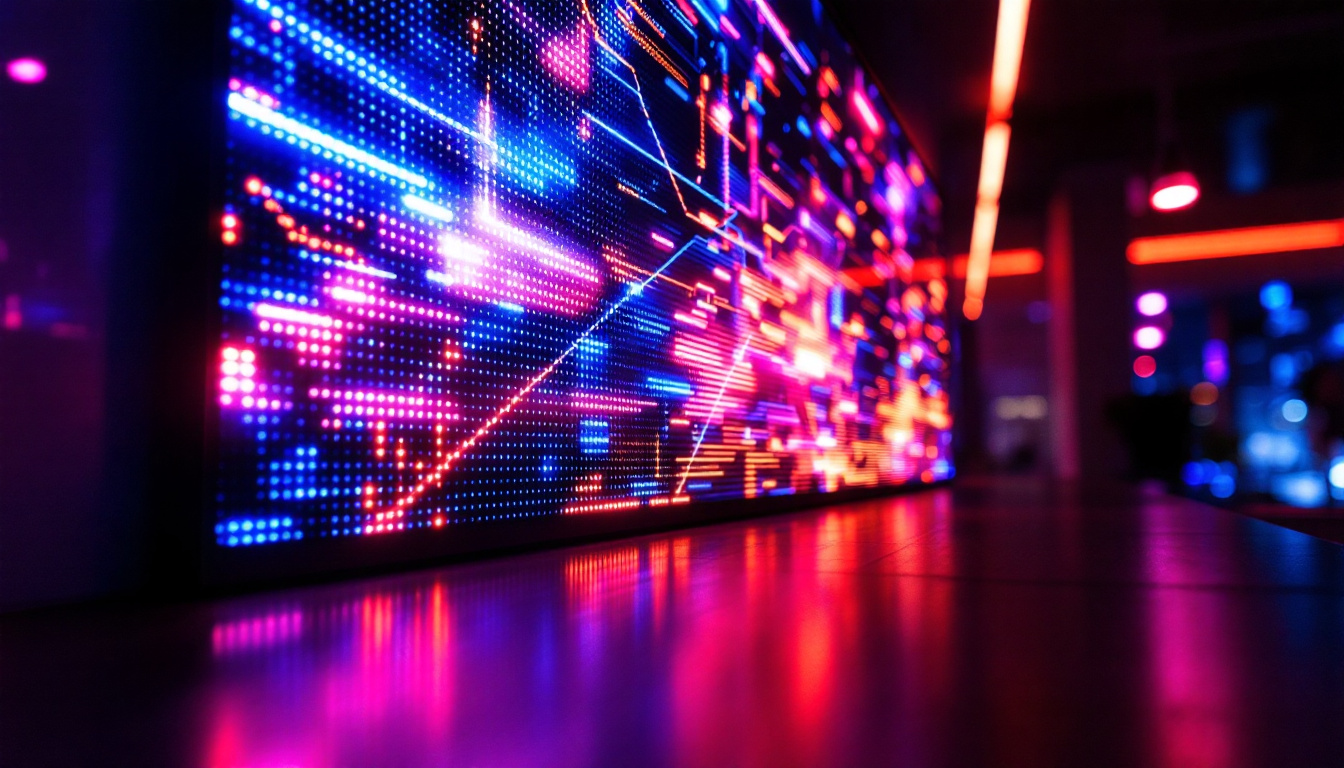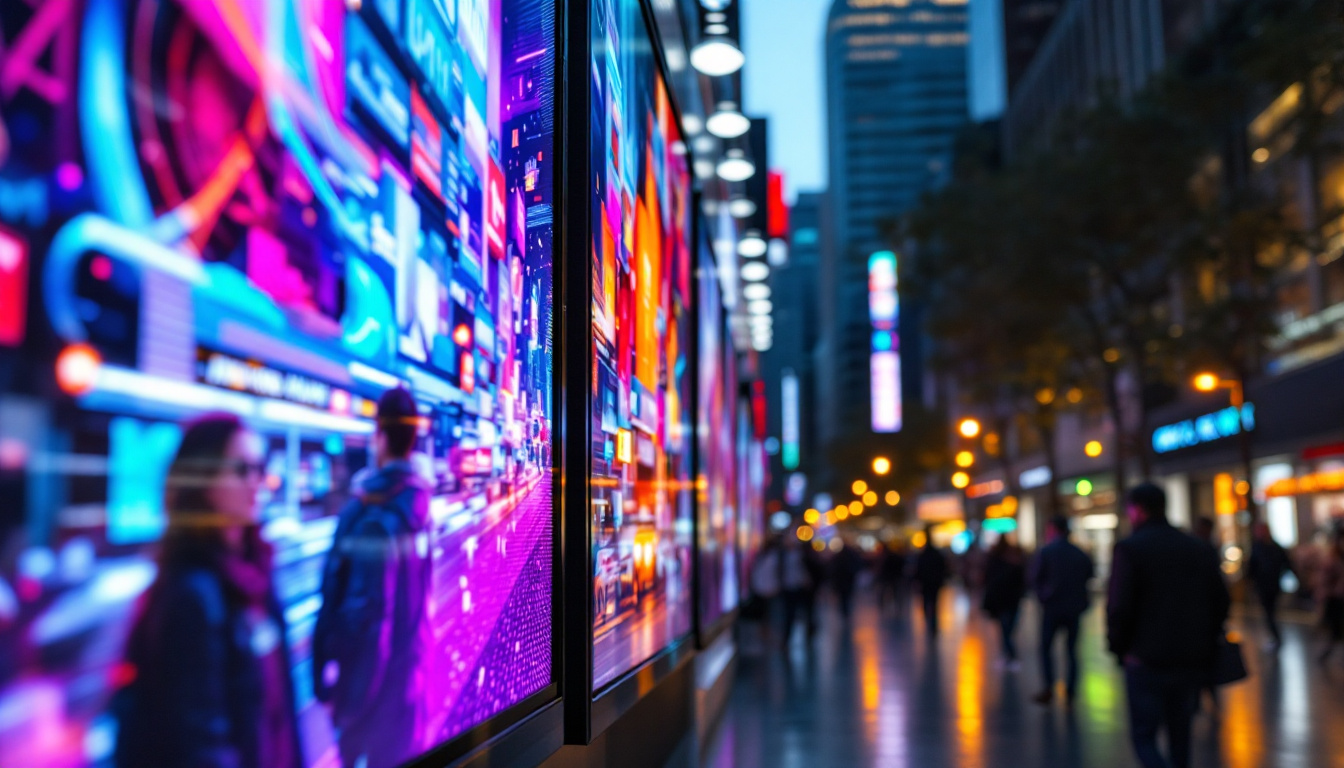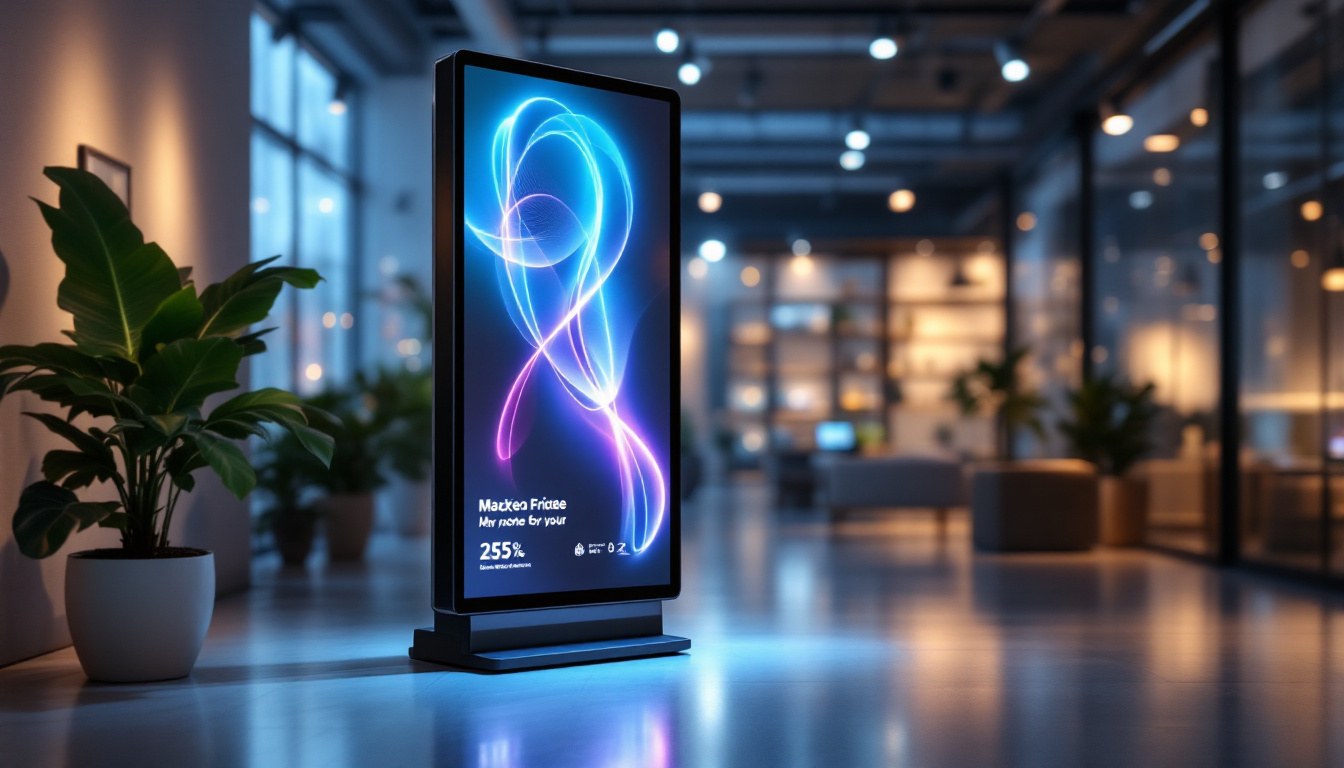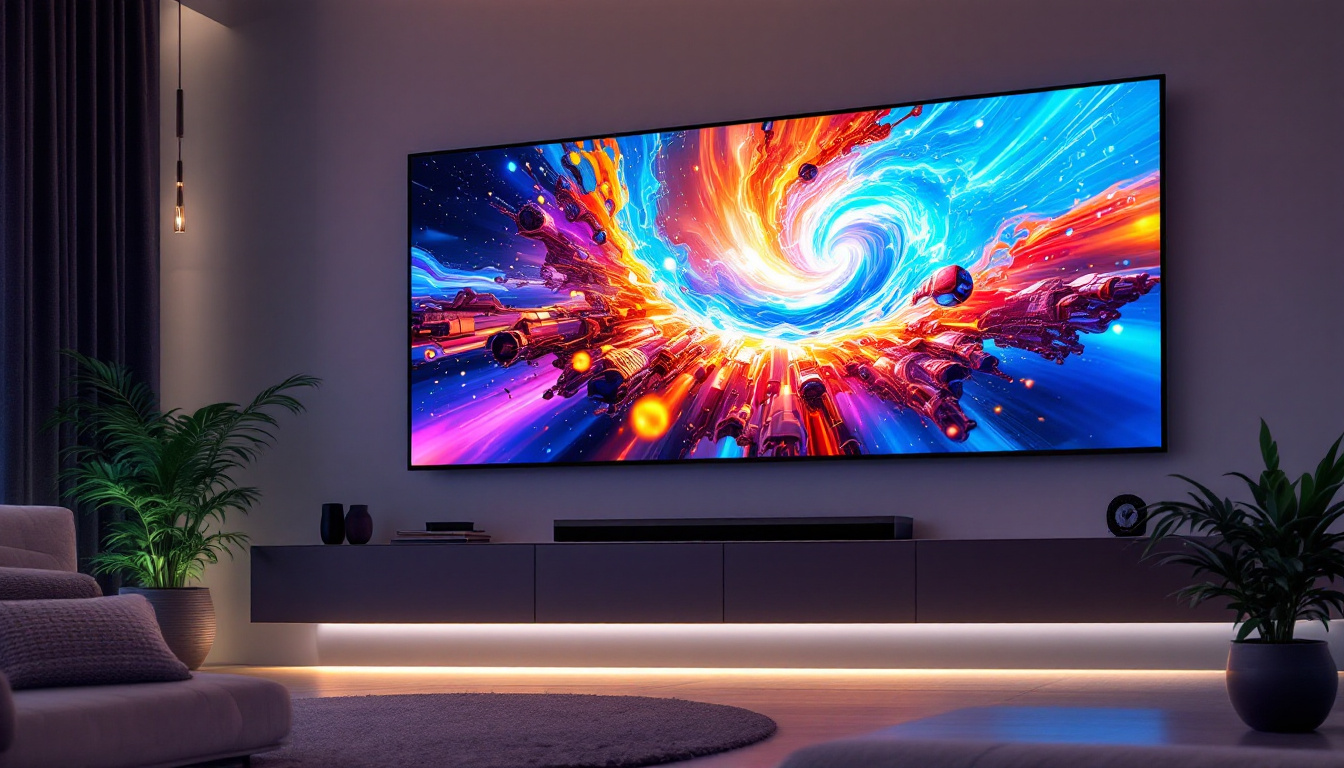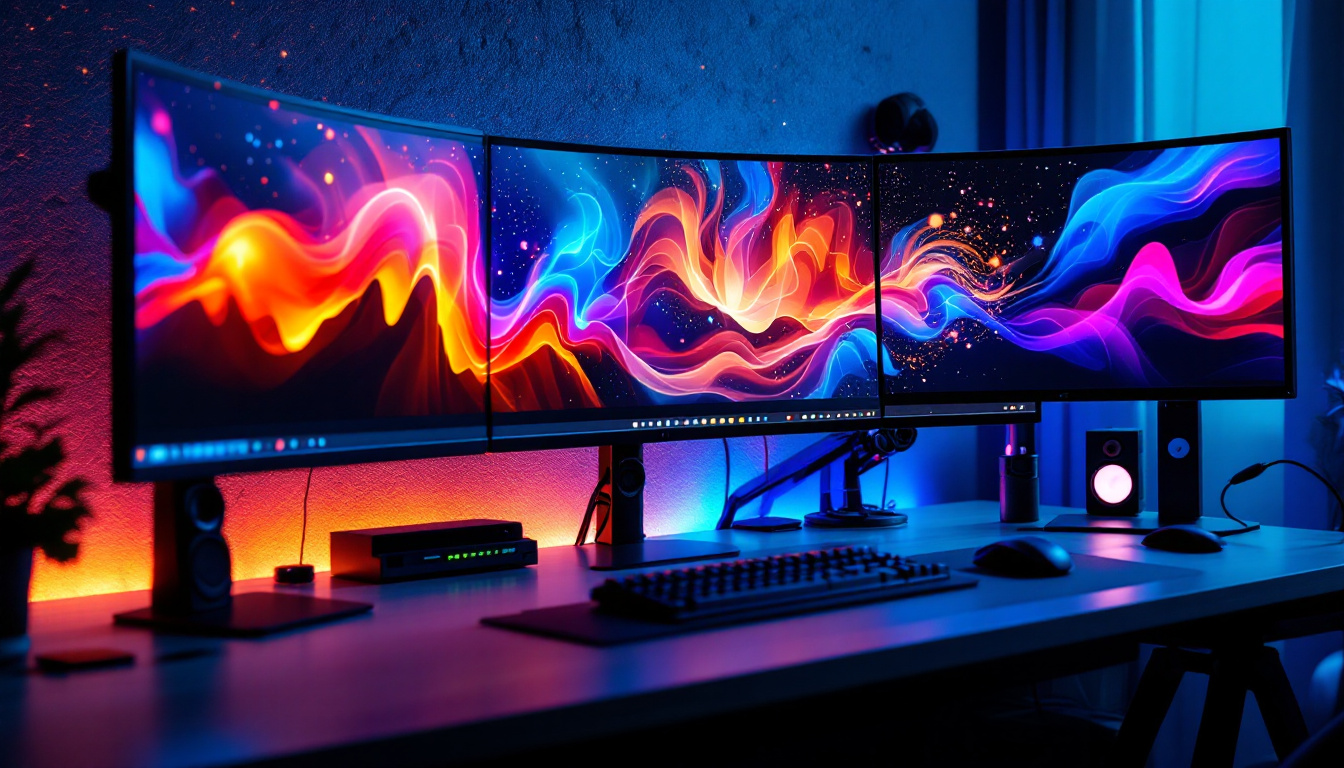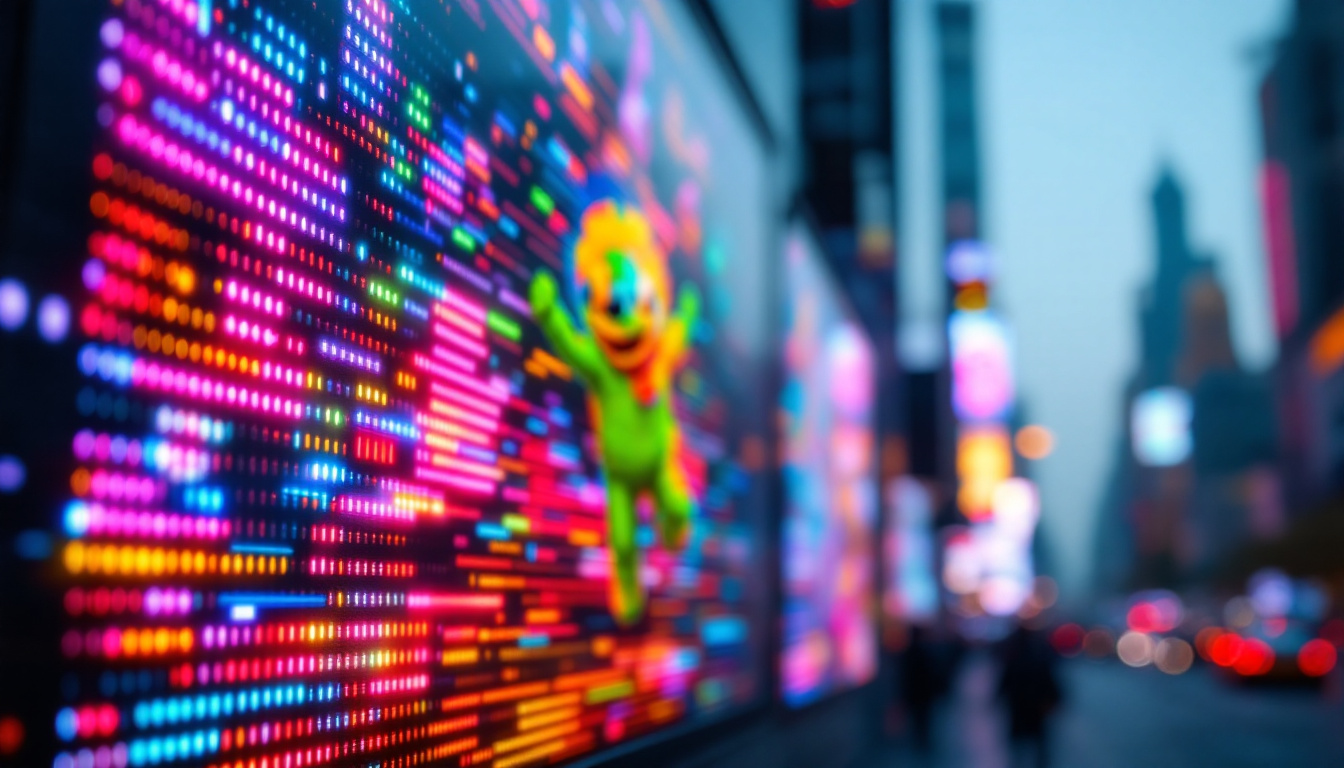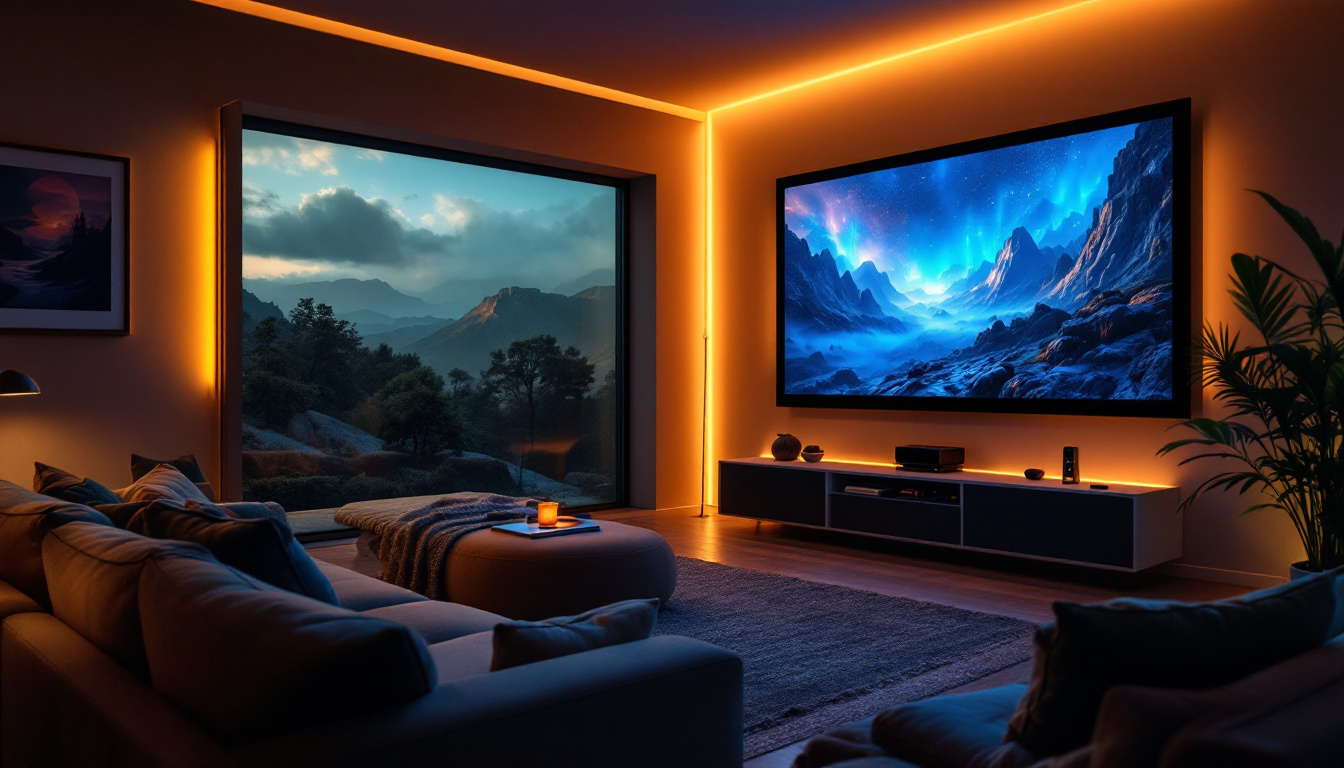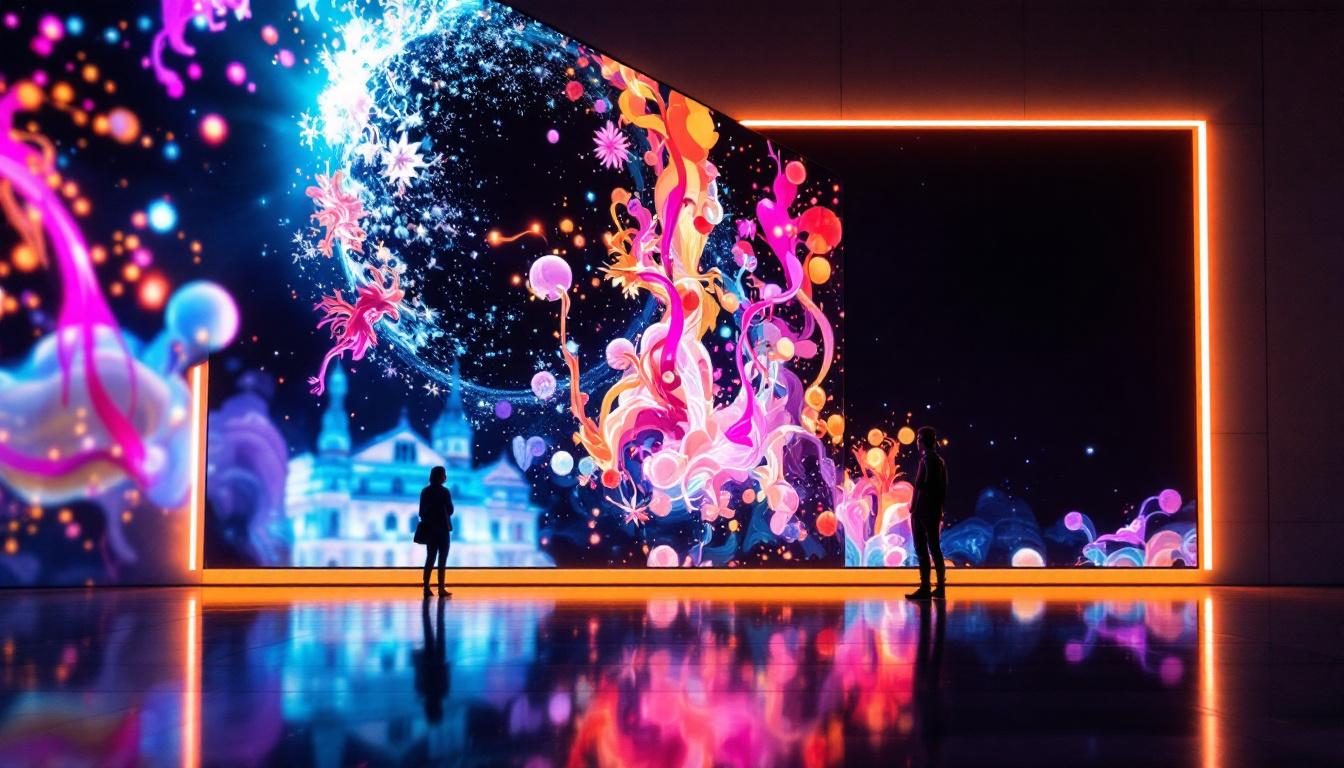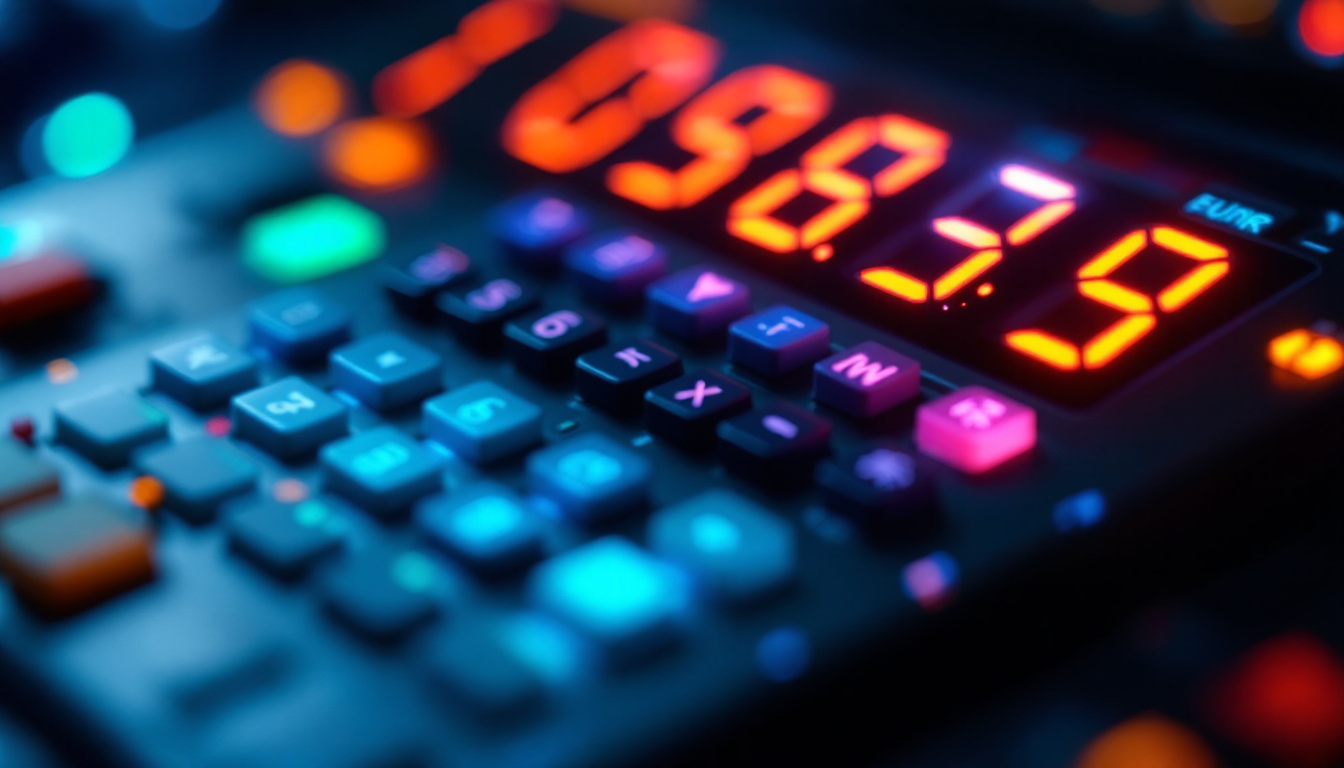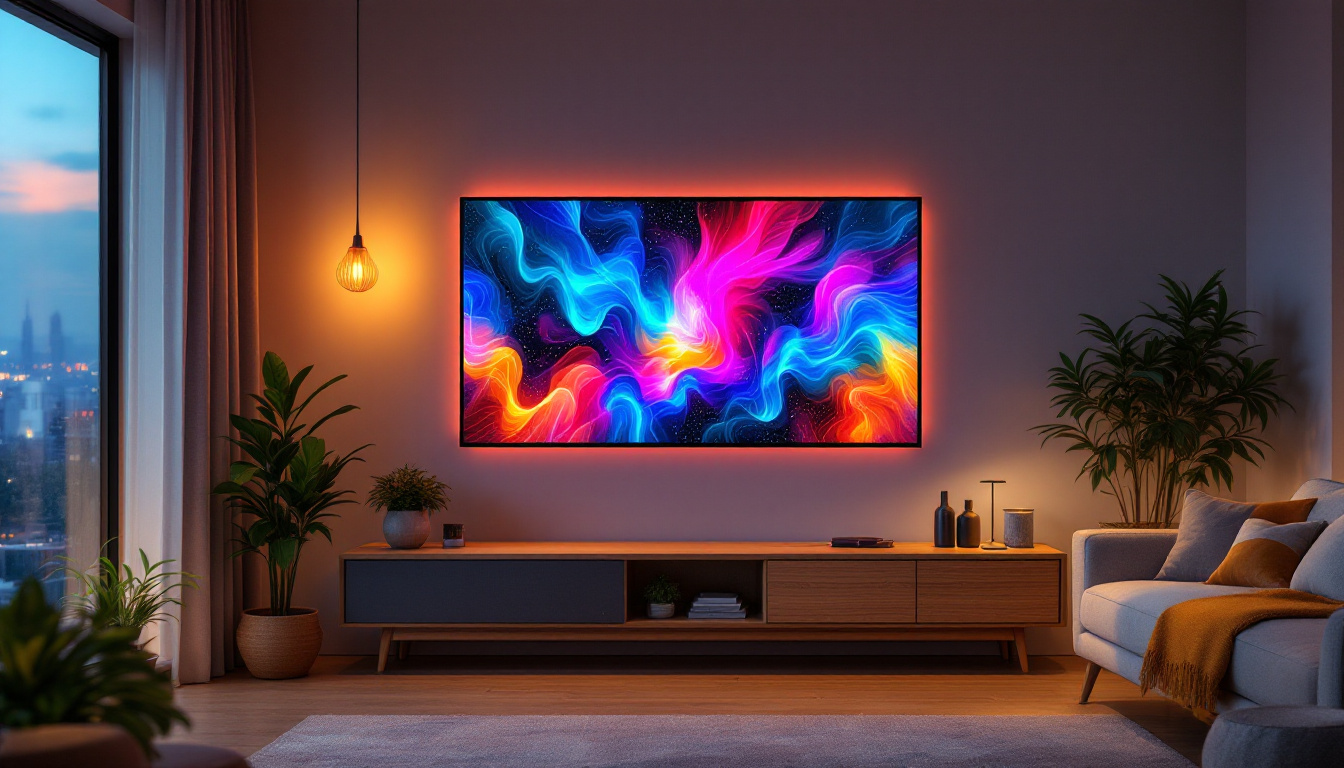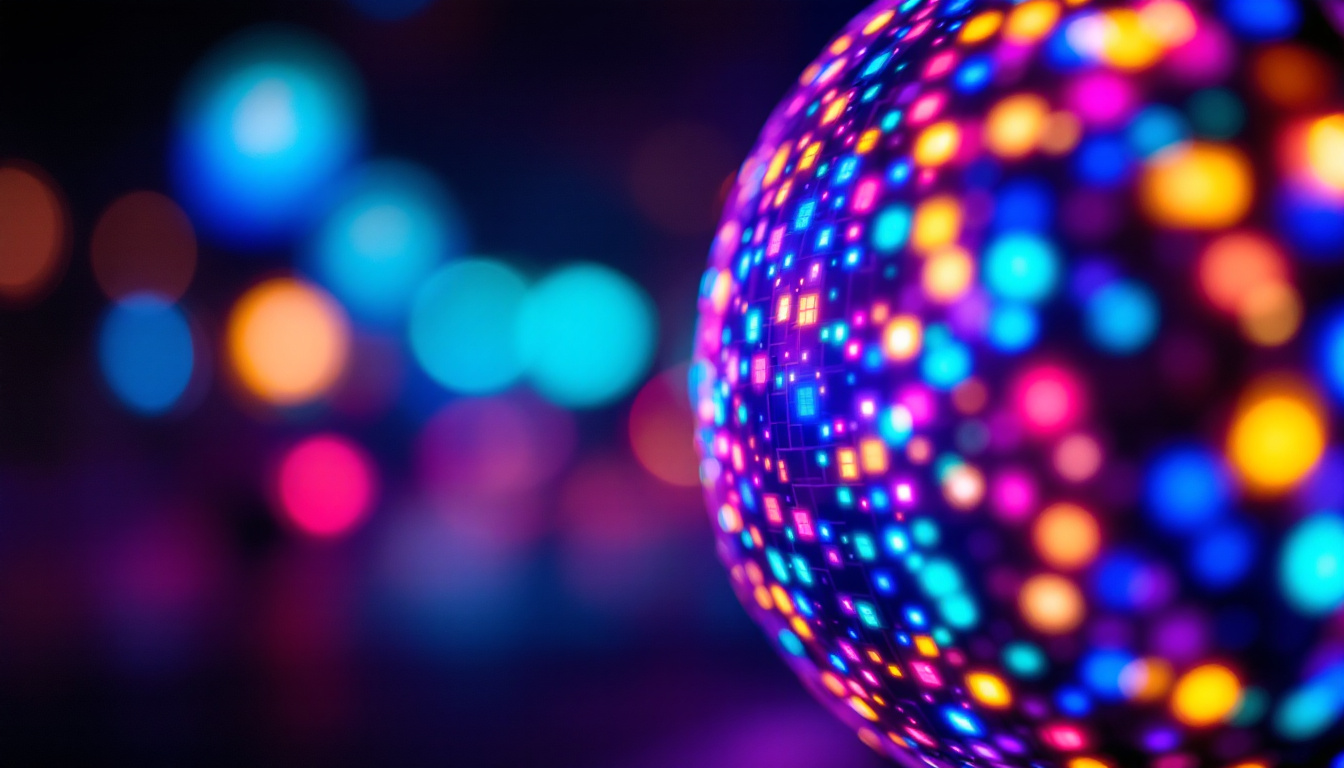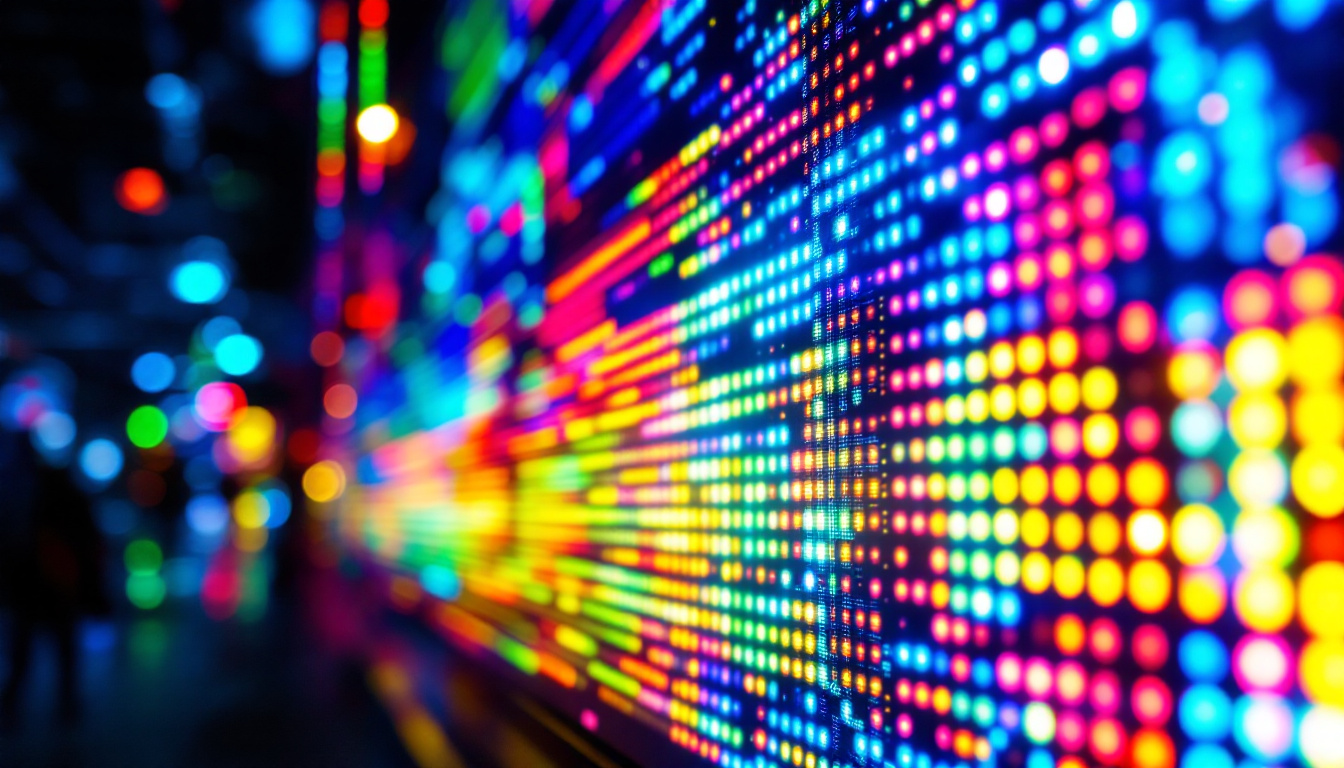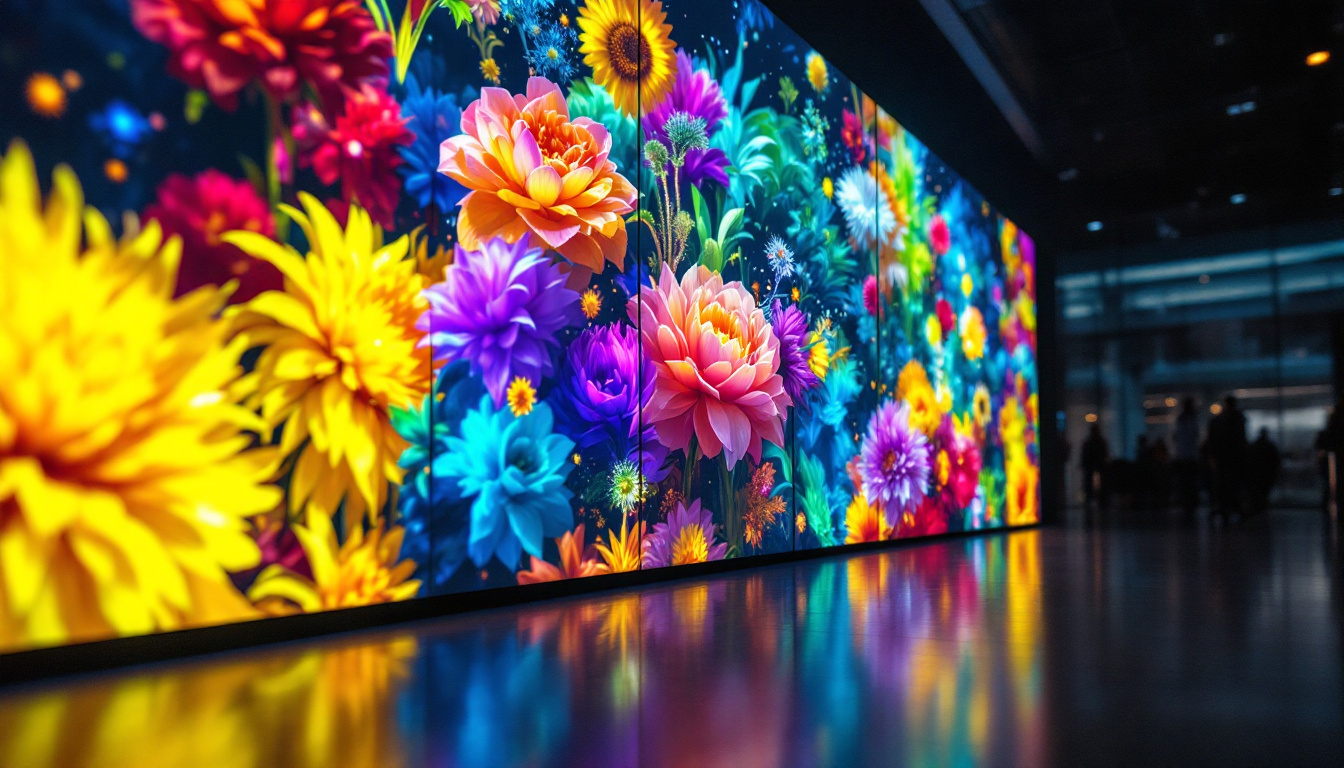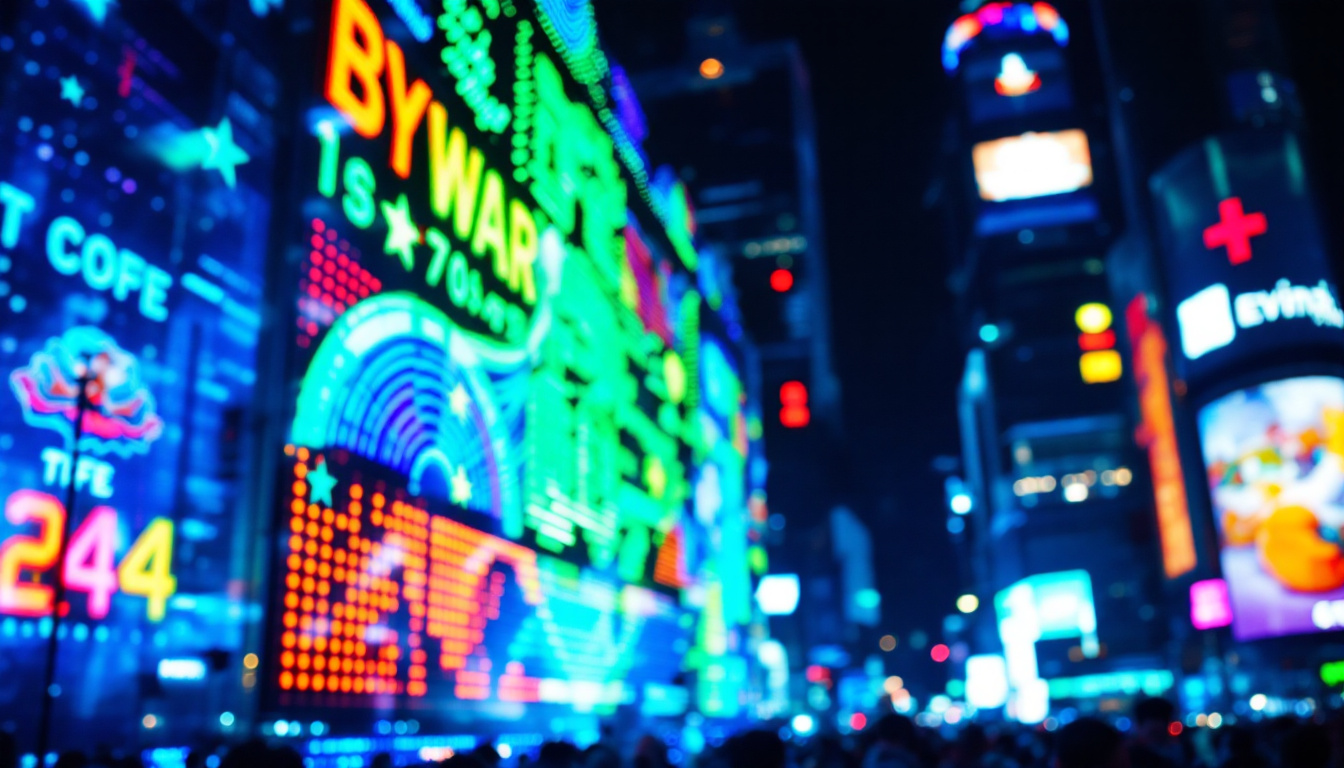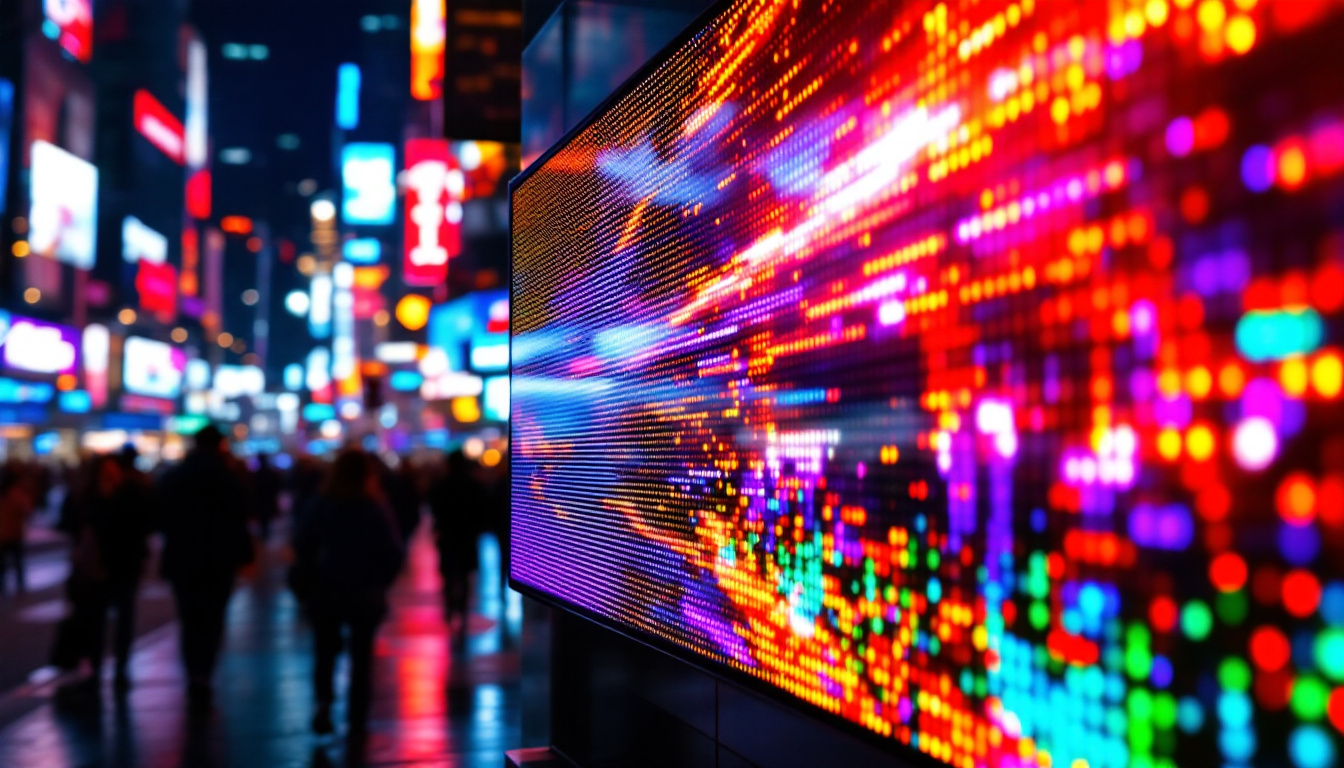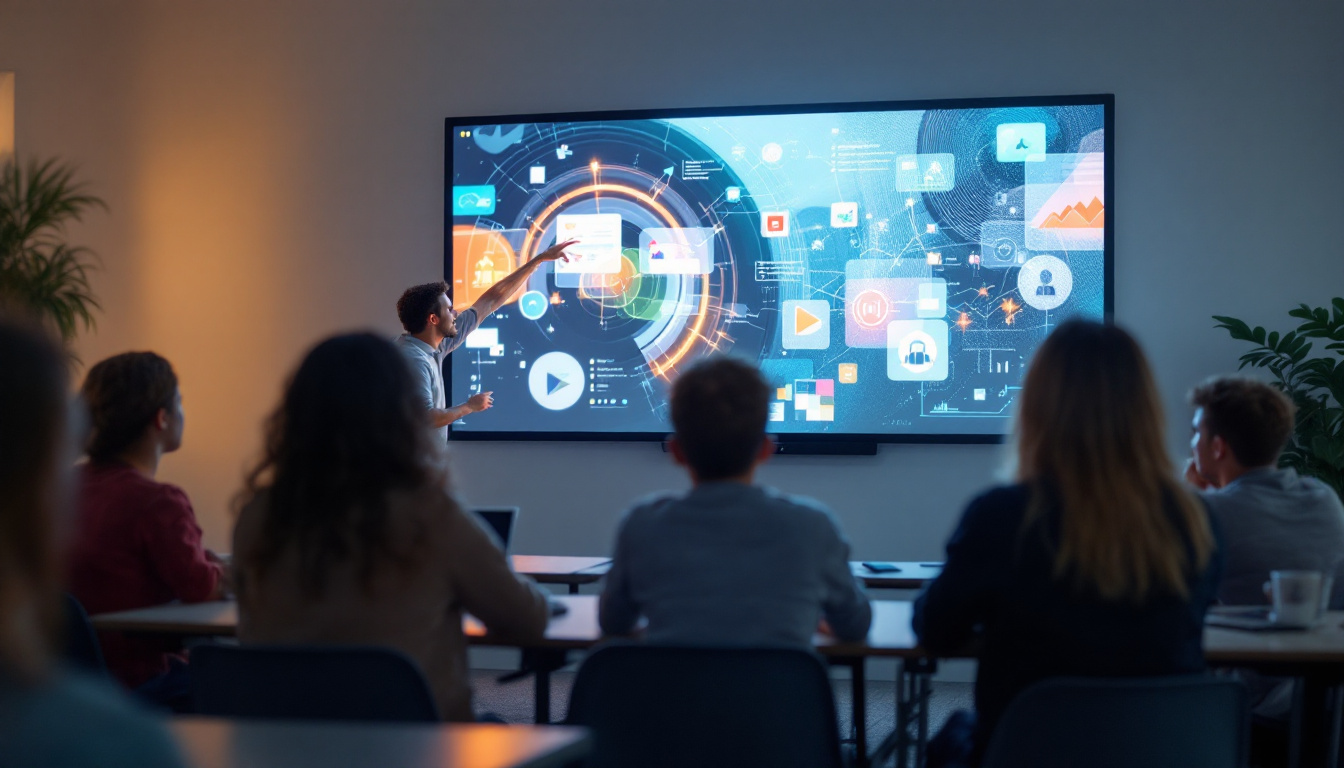In today’s digital age, visual communication has become increasingly essential across various sectors, from advertising to entertainment. One of the most striking advancements in this field is the development of LED display technology. These displays have transformed the way information is presented, offering vibrant colors, high resolution, and flexibility in design. This article delves into the intricacies of LED displays, particularly focusing on wall-mounted configurations, commonly referred to as “wall ups.”
Understanding LED Technology
Light Emitting Diodes (LEDs) are semiconductor devices that emit light when an electric current passes through them. This technology has revolutionized the display industry, enabling the creation of screens that are not only energy-efficient but also capable of producing bright, vivid images. The versatility of LED technology allows it to be used in a variety of applications, from small screens on mobile devices to massive video walls in public spaces. Moreover, the longevity of LEDs—often lasting up to 50,000 hours—means that they require less frequent replacement, contributing to lower maintenance costs and a reduced environmental footprint.
How LED Displays Work
At its core, an LED display consists of numerous tiny LED pixels arranged in a grid. Each pixel is made up of red, green, and blue (RGB) diodes that combine to produce a full spectrum of colors. When these pixels are illuminated in various combinations, they create images and videos that can be seen from considerable distances. The technology behind LED displays also allows for rapid refresh rates, which is particularly beneficial for displaying fast-moving images, such as in sports broadcasts or gaming environments.
The brightness and clarity of LED displays are largely attributed to their ability to emit light directly, unlike traditional displays that rely on backlighting. This direct emission allows for higher contrast ratios and better visibility in bright environments, making LED displays ideal for outdoor settings. Additionally, advancements in LED technology have led to the development of features such as adaptive brightness, which adjusts the screen’s luminance based on ambient light conditions, further enhancing the viewing experience.
Types of LED Displays
There are several types of LED displays, each designed for specific applications. The most common types include:
- Direct View LED: These displays are composed of individual LED modules that can be assembled into large screens. They are often used for video walls and large-scale advertising.
- LED Backlit LCD: These displays use LEDs to illuminate an LCD panel from behind. They are prevalent in televisions and computer monitors.
- Organic LED (OLED): A more advanced technology where organic compounds emit light. OLED displays offer superior color accuracy and contrast but are typically more expensive.
In addition to these common types, there are also specialized LED displays designed for niche markets. For instance, transparent LED displays are gaining popularity in retail environments, allowing for immersive advertising while maintaining visibility through the screen. Similarly, flexible LED displays are being developed, enabling curved or unconventional shapes that can fit into unique architectural designs. As the technology continues to evolve, we can expect even more innovative applications for LED displays, further enhancing our interaction with digital media.
The Rise of Wall-Mounted LED Displays
Wall-mounted LED displays, or wall ups, have gained immense popularity in recent years. Their ability to create immersive visual experiences has made them a go-to solution for businesses, event venues, and public spaces. These displays can be customized to fit any size or shape, making them incredibly versatile. As technology continues to advance, the quality of these displays has improved significantly, offering higher resolutions and better color accuracy, further enhancing their appeal.
Moreover, the integration of smart technology into wall-mounted LED displays allows for real-time content management and interactivity. Businesses can now control what is displayed from remote locations, enabling them to respond quickly to changing marketing needs or audience preferences. This adaptability is crucial in a fast-paced environment where timely information can make a significant impact.
Applications of Wall-Mounted LED Displays
Wall-mounted LED displays are utilized in a variety of settings, showcasing their adaptability and effectiveness:
- Advertising: Businesses use wall ups to capture attention with dynamic advertisements that can be easily updated. These displays are particularly effective in high-traffic areas, such as shopping malls and airports. The ability to showcase multiple advertisements in a rotating format maximizes visibility and engagement, driving foot traffic and increasing sales.
- corporate communication: Many companies install wall-mounted displays in lobbies or conference rooms to share important information, such as company news, metrics, or presentations. They enhance engagement and keep employees informed. In addition, these displays can be used for live streaming events or webinars, allowing remote employees to participate in real-time.
- Entertainment Venues: Concerts, theaters, and sports arenas use large LED walls to enhance the audience’s experience. These displays can show live footage, graphics, and animations, making events more engaging. The use of synchronized visuals can elevate performances, creating a multi-sensory experience that captivates audiences and keeps them coming back for more.
Advantages of Wall-Mounted LED Displays
Investing in wall-mounted LED displays offers numerous advantages that contribute to their growing popularity:
- High Visibility: The brightness of LED displays ensures that content remains visible even in well-lit environments. This feature is particularly beneficial for outdoor installations, where sunlight can often wash out traditional screens.
- Customizability: Wall ups can be designed to fit any space, allowing for unique configurations that suit specific needs. This flexibility enables businesses to create stunning visual installations that align with their branding and messaging.
- Durability: LED displays are built to withstand various environmental conditions, making them suitable for both indoor and outdoor use. Their resilience means lower maintenance costs and longer lifespans, providing a solid return on investment.
Additionally, the energy efficiency of LED technology is a significant advantage. Compared to traditional display technologies, LED displays consume less power, making them an environmentally friendly option. This efficiency not only reduces operational costs but also aligns with the growing emphasis on sustainability in business practices. As organizations strive to minimize their carbon footprint, the adoption of energy-efficient technologies like wall-mounted LED displays becomes increasingly attractive.
Technical Considerations for Wall-Mounted LED Displays
While the advantages of wall-mounted LED displays are clear, several technical considerations must be taken into account when planning an installation. Understanding these factors can help ensure optimal performance and longevity.
Resolution and Pixel Pitch
Resolution refers to the number of pixels in a display, typically expressed as width x height (e.g., 1920×1080). Higher resolutions provide clearer images, which is particularly important for large displays viewed from close distances. Pixel pitch, on the other hand, refers to the distance between the centers of two adjacent pixels. A smaller pixel pitch indicates a higher resolution and is ideal for applications where viewers are closer to the screen.
When selecting a wall-mounted LED display, it is crucial to balance resolution and pixel pitch with budget constraints. Higher resolution displays tend to be more expensive, but they offer a better viewing experience.
Installation and Maintenance
Proper installation is vital for the performance of wall-mounted LED displays. This includes selecting the right mounting hardware, ensuring adequate ventilation, and following electrical safety standards. Additionally, routine maintenance is necessary to keep the displays functioning optimally. This may involve cleaning the screen, checking connections, and updating software.
Many manufacturers provide guidelines for installation and maintenance, and it is advisable to work with professionals who specialize in LED display systems to ensure a successful setup.
Connectivity and Control Systems
Wall-mounted LED displays require robust connectivity and control systems to function effectively. These systems manage the content displayed on the screens and can range from simple remote controls to complex software solutions that allow for real-time updates and scheduling.
Common connectivity options include HDMI, DVI, and DisplayPort. It is essential to choose a control system that meets the specific needs of the installation, whether it be for a single display or a large video wall.
Future Trends in LED Display Technology
The LED display industry is continually evolving, with new technologies and trends emerging that promise to enhance the capabilities of wall-mounted displays. Staying informed about these advancements can help businesses make strategic decisions regarding their visual communication strategies.
Advancements in Resolution and Color Accuracy
As technology progresses, LED displays are becoming capable of achieving even higher resolutions and improved color accuracy. Innovations such as 8K displays and enhanced color gamut technologies are on the horizon, providing users with breathtaking visuals that were previously unattainable.
These advancements are particularly significant for industries that rely on precise color representation, such as graphic design, film production, and advertising. The ability to display content in stunning detail can significantly impact audience engagement and perception.
Integration with Smart Technology
Another trend is the integration of LED displays with smart technology. This includes features such as touch interactivity, gesture recognition, and integration with IoT devices. These capabilities allow for more engaging and interactive experiences, transforming the way audiences interact with content.
For instance, retail environments can use interactive displays to provide customers with personalized experiences, while museums can enhance exhibits with touch-enabled screens that offer additional information.
Sustainability and Energy Efficiency
As environmental concerns continue to grow, the LED display industry is focusing on sustainability and energy efficiency. New technologies are being developed to reduce energy consumption and minimize waste, such as using recyclable materials and improving the lifespan of displays.
Businesses are increasingly seeking eco-friendly solutions, and adopting energy-efficient LED displays can not only reduce operational costs but also enhance a company’s reputation as a socially responsible entity.
Conclusion
Wall-mounted LED displays have become an indispensable tool for effective visual communication in today’s fast-paced world. Their vibrant colors, high resolution, and versatility make them ideal for various applications, from advertising to corporate communication and entertainment. As technology continues to advance, the capabilities of LED displays will only improve, offering even more opportunities for businesses and organizations to engage their audiences.
Understanding the technical aspects and emerging trends of LED display technology is crucial for making informed decisions regarding installations. By leveraging these advancements, businesses can enhance their visual strategies and stay ahead in a competitive landscape. As the demand for dynamic and immersive experiences grows, wall-mounted LED displays will undoubtedly play a pivotal role in shaping the future of visual communication.
Explore Cutting-Edge LED Displays with LumenMatrix
Ready to elevate your visual communication strategy with the latest in LED display technology? LumenMatrix is at the forefront of innovation, offering a diverse range of LED display solutions tailored to your needs. From Indoor and Outdoor LED Wall Displays to specialized options like Vehicle LED Displays, LED Sports Displays, and even Custom LED configurations, we have the tools to bring your brand to life. Experience the transformative power of our LED displays and see how we can help you captivate your audience. Check out LumenMatrix LED Display Solutions today and take the first step towards revolutionizing your visual presence.

